-
 bitcoin
bitcoin $122090.672462 USD
1.59% -
 ethereum
ethereum $4493.758974 USD
0.56% -
 xrp
xrp $3.033145 USD
0.65% -
 tether
tether $1.000629 USD
0.00% -
 bnb
bnb $1169.854250 USD
7.07% -
 solana
solana $230.954786 USD
-0.19% -
 usd-coin
usd-coin $0.999785 USD
0.00% -
 dogecoin
dogecoin $0.256108 USD
-1.12% -
 tron
tron $0.342333 USD
-0.12% -
 cardano
cardano $0.859632 USD
-0.10% -
 hyperliquid
hyperliquid $48.932146 USD
-2.25% -
 chainlink
chainlink $22.345466 USD
-1.29% -
 ethena-usde
ethena-usde $1.000217 USD
-0.03% -
 avalanche
avalanche $31.203456 USD
1.93% -
 sui
sui $3.579145 USD
1.05%
What to do if I sent crypto to the wrong network from Coinbase Wallet?
Act fast if you sent crypto to the wrong network: verify the TXID, contact Coinbase Wallet support, and avoid further transactions until advised.
Oct 01, 2025 at 05:54 am
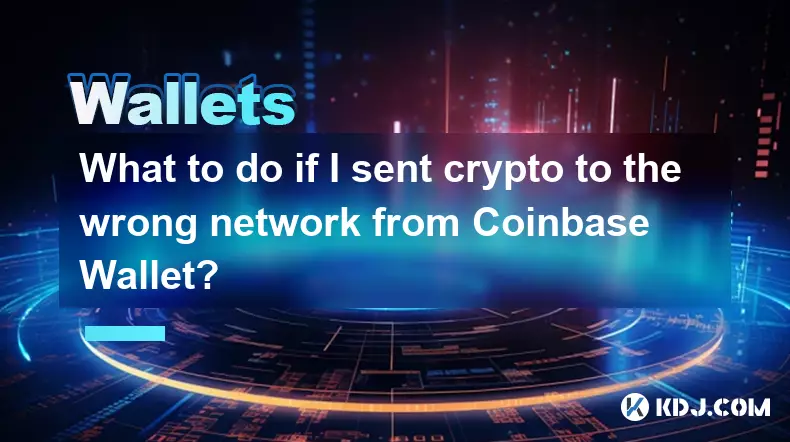
Immediate Steps to Take After Sending Crypto to the Wrong Network
1. Stay calm and verify the transaction details through the blockchain explorer. Use the transaction ID (TXID) from your Coinbase Wallet history to check where the funds were sent and confirm the network used.
2. Determine whether the recipient address exists on the correct network. If you sent Ethereum (ERC-20) tokens to a BSC (Binance Smart Chain) address, for example, the address might exist on both chains but the assets are not accessible on the wrong one.
3. Contact Coinbase Wallet support immediately. Provide them with the TXID, the amount sent, the token type, and both the sending and receiving addresses. Their team may be able to offer guidance based on prior cases.
4. Do not attempt further transactions to “fix” the issue without professional advice. Repeated actions could complicate recovery efforts or lead to additional losses.
5. Document every detail of the transaction, including timestamps, wallet addresses, and communication with support teams. This information may be required if third-party recovery services become involved.
Why Cross-Network Transactions Fail
1. Blockchain networks operate independently with unique consensus mechanisms and token standards. For instance, USDT exists as an ERC-20 token on Ethereum, a BEP-20 token on Binance Smart Chain, and a TRC-20 token on Tron—each incompatible with the others.
2. When crypto is sent to a wallet address on a different network, the receiving network does not recognize the incoming transaction as valid for its own ecosystem. The assets may appear 'lost' because they sit on a chain where the wallet cannot access them.
3. Wallet interfaces like Coinbase Wallet display multiple network options, increasing the risk of user error. Selecting the wrong network during withdrawal leads to irreversible routing of funds.
4. Unlike traditional banking systems, blockchains lack centralized reversal mechanisms. Once confirmed, transactions are final and cannot be canceled or refunded by any authority.
5. Even if the private keys control the address on both chains, accessing funds on the incorrect network requires technical intervention that standard wallets do not support.
Potential Recovery Options
1. Check if the receiving wallet supports multi-chain functionality. Some advanced wallets allow users to switch between networks and import tokens manually using contract addresses and decimals.
2. Attempt manual token addition in Coinbase Wallet. Navigate to the wallet’s token management section and input the correct contract address for the network where the funds landed. This may reveal hidden balances.
3. Reach out to the project team behind the token. Certain projects have assisted users in recovering misrouted assets, especially if the recipient address is associated with their official contracts or known partners.
4. Engage blockchain forensic or recovery specialists. Companies specializing in digital asset retrieval may analyze the transaction path and propose solutions, though success is not guaranteed and fees can be high.
5. If the funds were sent to a centralized exchange address by mistake, contact the exchange directly. They may have internal processes to recover assets if the deposit matches a user’s account.
Preventing Future Network Errors
1. Always double-check the network selection before confirming any transaction. Coinbase Wallet displays the active network at the top of the send screen—verify it matches the intended destination.
2. Use wallet features that warn about network mismatches. Some wallets integrate real-time alerts when an address format doesn’t align with the selected chain.
3. Withdraw small test amounts first when dealing with unfamiliar networks. Confirm receipt on the correct chain before sending larger sums.
4. Save trusted addresses with labeled networks. Coinbase Wallet allows address book entries; include notes specifying which network each address belongs to.
5. Enable two-factor authentication and transaction previews to reduce impulsive or accidental sends under pressure.
Frequently Asked Questions
Can Coinbase reverse a crypto transaction sent to the wrong network?No, Coinbase cannot reverse blockchain transactions. Once confirmed on the network, transfers are immutable. Coinbase Wallet acts as a non-custodial interface, meaning users hold full responsibility for transaction accuracy.
What happens if I send ETH to an ERC-20 token address?If the address is valid on Ethereum and the transaction uses the Ethereum network, the ETH may remain accessible to whoever controls the private key of that address. However, sending ETH to a smart contract address (like some token contracts) could result in permanent loss.
Is there a way to detect network errors before confirming a transfer?Yes, some wallets highlight potential mismatches by analyzing address formats. For example, BSC addresses resemble Ethereum addresses but should not accept ETH. Third-party tools and browser extensions also offer transaction validation warnings.
Will my funds show up if I switch networks in Coinbase Wallet?Only if the same private key controls the address on the correct network and the token exists there. Simply switching networks won’t recover assets sent to an incompatible chain unless the receiving address has cross-chain compatibility.
Disclaimer:info@kdj.com
The information provided is not trading advice. kdj.com does not assume any responsibility for any investments made based on the information provided in this article. Cryptocurrencies are highly volatile and it is highly recommended that you invest with caution after thorough research!
If you believe that the content used on this website infringes your copyright, please contact us immediately (info@kdj.com) and we will delete it promptly.
- BlockDAG, DOGE, HYPE Sponsorship: Crypto Trends Shaping 2025
- 2025-10-01 00:25:13
- Deutsche Börse and Circle: A StableCoin Adoption Powerhouse in Europe
- 2025-10-01 00:25:13
- BlockDAG's Presale Buzz: Is It the Crypto to Watch in October 2025?
- 2025-10-01 00:30:13
- Bitcoin, Crypto, and IQ: When Genius Meets Digital Gold?
- 2025-10-01 00:30:13
- Stablecoins, American Innovation, and Wallet Tokens: The Next Frontier
- 2025-10-01 00:35:12
- NBU, Coins, and Crypto in Ukraine: A New Yorker's Take
- 2025-10-01 00:45:14
Related knowledge
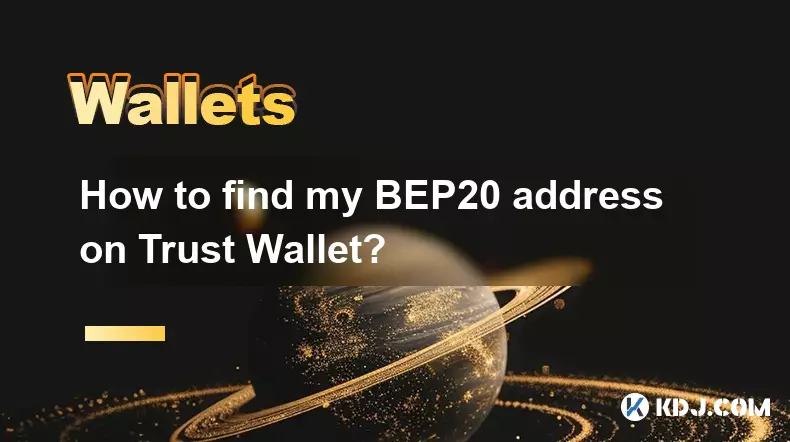
How to find my BEP20 address on Trust Wallet?
Oct 04,2025 at 06:19pm
Understanding BEP20 and Trust Wallet Compatibility1. Trust Wallet is a widely used cryptocurrency wallet that supports multiple blockchain networks, i...
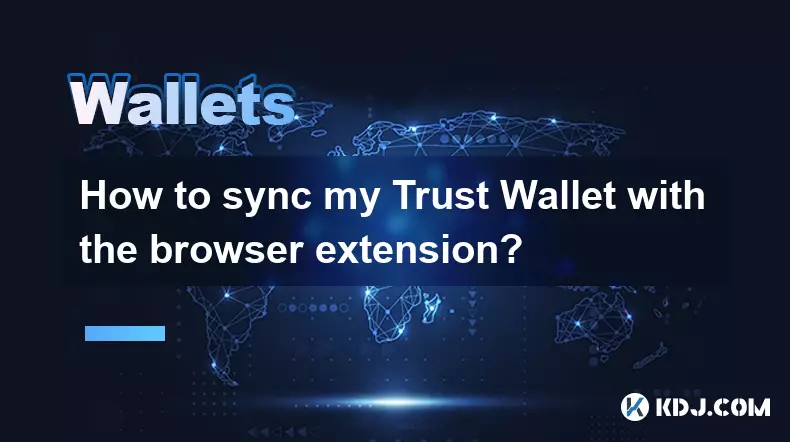
How to sync my Trust Wallet with the browser extension?
Oct 03,2025 at 06:19pm
Understanding Trust Wallet and Browser Extension IntegrationTrust Wallet is a popular non-custodial cryptocurrency wallet that supports a wide range o...
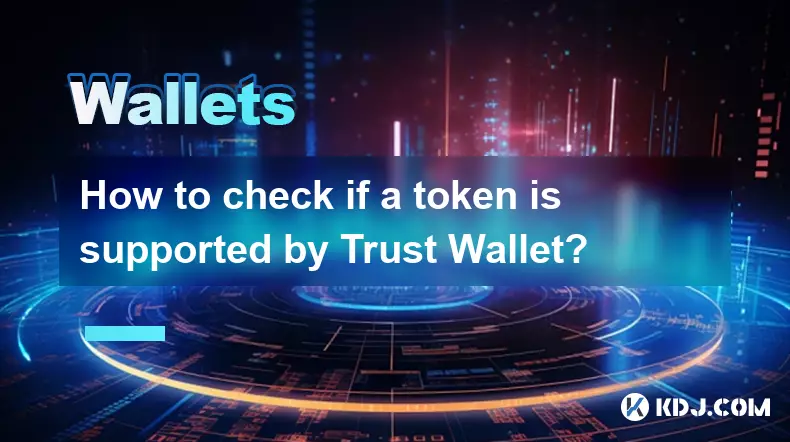
How to check if a token is supported by Trust Wallet?
Oct 04,2025 at 05:18am
Understanding Token Compatibility with Trust Wallet1. Trust Wallet supports a wide range of blockchain networks, including Ethereum, Binance Smart Cha...

How to get the Trust Wallet browser extension?
Oct 01,2025 at 12:37am
How to Access the Trust Wallet Browser Extension1. Visit the official Trust Wallet website through a secure internet connection. Navigate to the downl...

How to interact with a DApp using Trust Wallet?
Oct 02,2025 at 10:00pm
Connecting Trust Wallet to a DApp1. Open the Trust Wallet app on your mobile device and ensure your wallet is unlocked with access to your assets. Nav...
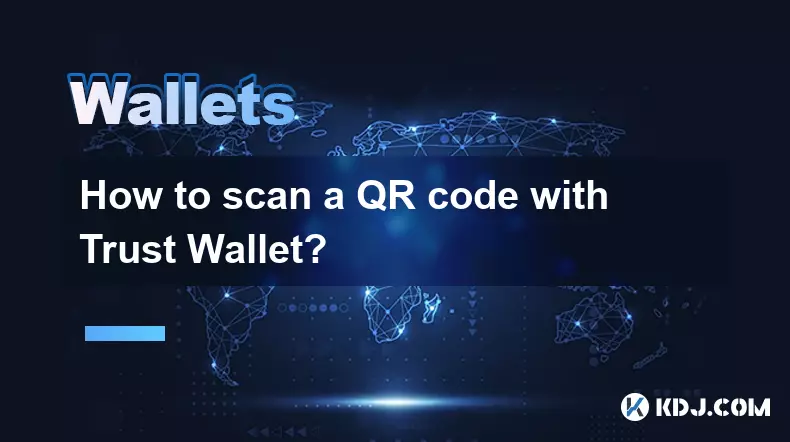
How to scan a QR code with Trust Wallet?
Oct 02,2025 at 03:37pm
Understanding QR Codes in Trust Wallet1. QR codes are widely used in cryptocurrency applications to simplify transaction processes. Trust Wallet lever...

How to find my BEP20 address on Trust Wallet?
Oct 04,2025 at 06:19pm
Understanding BEP20 and Trust Wallet Compatibility1. Trust Wallet is a widely used cryptocurrency wallet that supports multiple blockchain networks, i...

How to sync my Trust Wallet with the browser extension?
Oct 03,2025 at 06:19pm
Understanding Trust Wallet and Browser Extension IntegrationTrust Wallet is a popular non-custodial cryptocurrency wallet that supports a wide range o...

How to check if a token is supported by Trust Wallet?
Oct 04,2025 at 05:18am
Understanding Token Compatibility with Trust Wallet1. Trust Wallet supports a wide range of blockchain networks, including Ethereum, Binance Smart Cha...

How to get the Trust Wallet browser extension?
Oct 01,2025 at 12:37am
How to Access the Trust Wallet Browser Extension1. Visit the official Trust Wallet website through a secure internet connection. Navigate to the downl...

How to interact with a DApp using Trust Wallet?
Oct 02,2025 at 10:00pm
Connecting Trust Wallet to a DApp1. Open the Trust Wallet app on your mobile device and ensure your wallet is unlocked with access to your assets. Nav...

How to scan a QR code with Trust Wallet?
Oct 02,2025 at 03:37pm
Understanding QR Codes in Trust Wallet1. QR codes are widely used in cryptocurrency applications to simplify transaction processes. Trust Wallet lever...
See all articles










































































